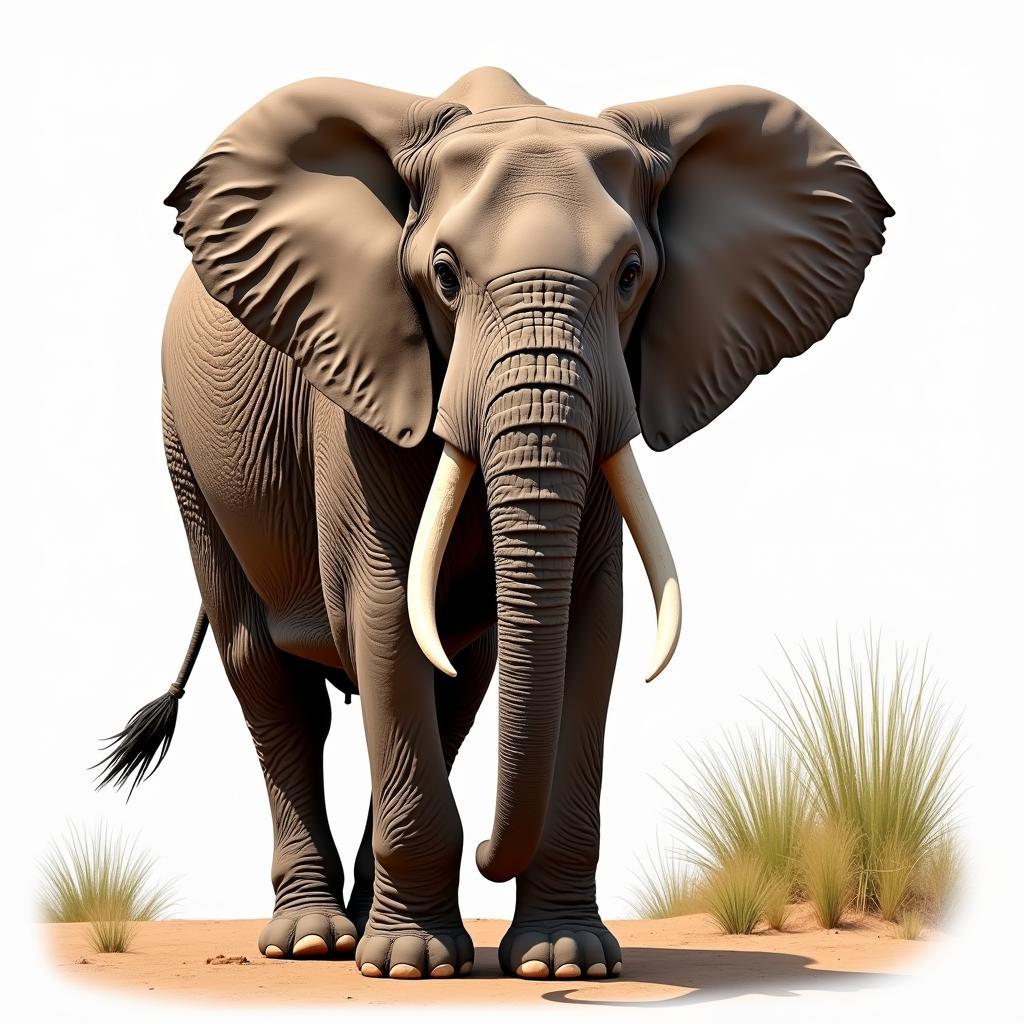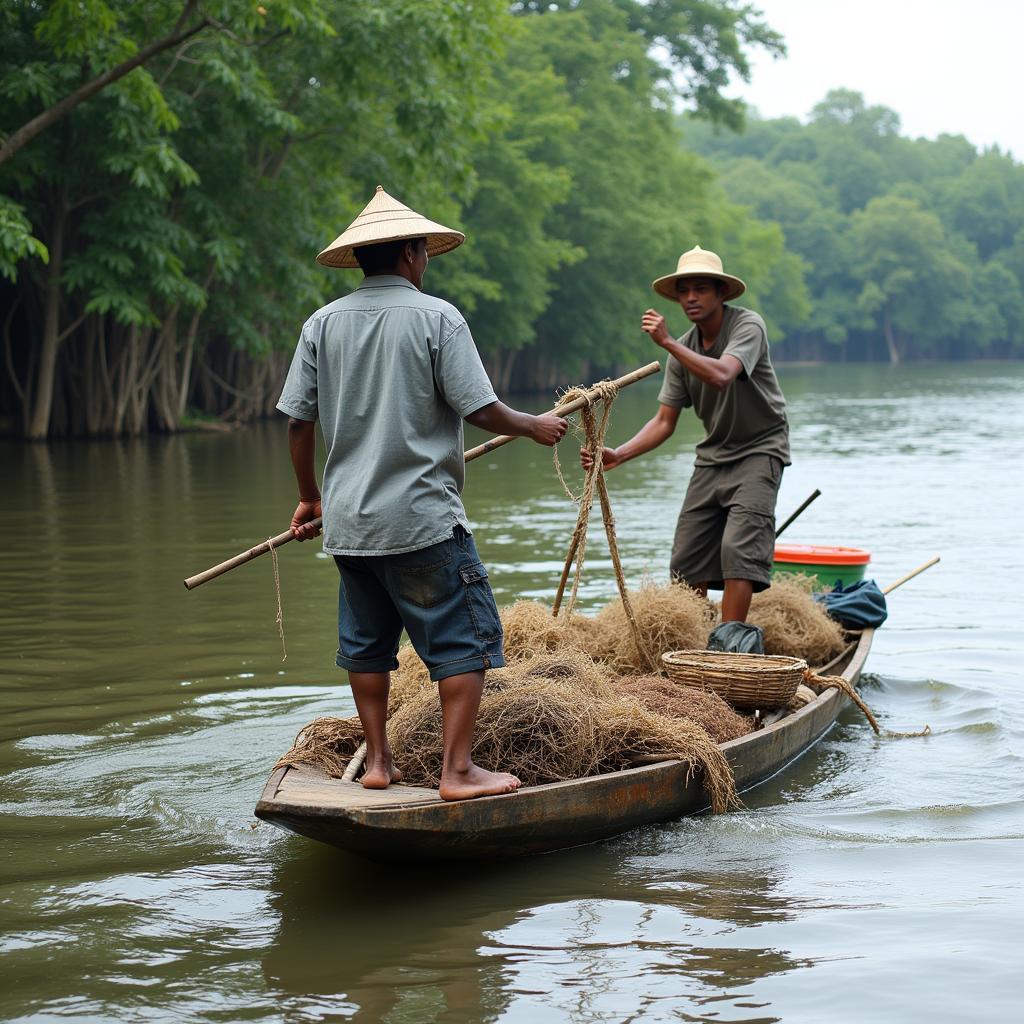African Buck: A Journey Through the Fascinating World of Antelopes
Africa is renowned for its incredible biodiversity, and among its most captivating creatures are the antelopes, often referred to as “bucks.” These graceful and agile animals are an integral part of the continent’s ecosystem and a testament to its rich and diverse wildlife. This article delves into the fascinating world of African Bucks, exploring their diverse species, unique adaptations, and crucial role in the African tapestry.
A Diverse Family of Antelopes
The term “buck” is a broad term that encompasses a wide array of antelope species. These animals belong to the Bovidae family, which also includes cattle, sheep, and goats. African bucks are categorized into several different subfamilies, each with its own distinct characteristics and adaptations.
- The Impala (Aepyceros melampus): The impala is arguably one of the most recognized African bucks. Known for its impressive leaps and graceful movements, the impala is a common sight in savannas and grasslands across eastern and southern Africa. african gray bush buck
- The Springbok (Antidorcas marsupialis): Native to the arid regions of South Africa, the springbok is renowned for its remarkable ability to leap high into the air, a behavior known as “pronking.” Their unique adaptations allow them to thrive in harsh environments, making them a true symbol of resilience.
- The Eland (Taurotragus oryx): The eland, a giant antelope, holds the distinction of being the largest antelope in the world. They are herbivores, grazing on grasses and browsing on leaves. Their massive size and impressive horns make them a formidable sight in the African bush.
- The Kudu (Tragelaphus strepsiceros): Kudu are known for their distinctive spiral horns, which can grow to be incredibly long. There are two species of kudu: the greater kudu and the lesser kudu. They are primarily found in forested areas and bushveld regions.
- The Nyala (Tragelaphus angasii): This graceful antelope boasts a striking coat of brown and white, with distinctive white stripes running vertically down its body. Nyala are primarily found in the forests of South Africa.
- The Bushbuck (Tragelaphus scriptus): The bushbuck is a shy and elusive antelope that inhabits dense forests and scrublands. Its distinctive, short, reddish-brown coat and white spots make it a fascinating creature to observe.
Adaptations for Survival
African bucks have developed remarkable adaptations that allow them to thrive in the diverse landscapes of the continent. These adaptations are essential for their survival, enabling them to find food, avoid predators, and raise their young.
- Speed and Agility: Many African bucks are renowned for their speed and agility. The impala, for instance, can reach speeds of up to 50 miles per hour in short bursts. This agility is crucial for escaping predators. african elephant food web
- Camouflage: Some African bucks have developed exceptional camouflage patterns, blending seamlessly into their surroundings to avoid detection by predators. The bushbuck, for example, has a distinctive coat that allows it to disappear into the dense undergrowth.
- Social Behavior: Many African bucks live in herds, which provides safety in numbers. Herds offer protection against predators and allow for the sharing of information about food sources and potential dangers. south african cheetah
Importance in the Ecosystem
African bucks play a critical role in the delicate balance of the African ecosystem. Their grazing habits help to maintain the health of grasslands and savannas. They also serve as a food source for larger predators, such as lions, leopards, and cheetahs. african basketball stars
Conservation Concerns
Despite their abundance in the past, many African buck species are now facing threats due to habitat loss, poaching, and human encroachment. Conservation efforts are crucial to ensure the survival of these magnificent animals and the delicate balance of the African ecosystem.
What are some common questions about African Buck?
- What is the difference between a buck and an antelope? The term “buck” is often used interchangeably with “antelope.” However, technically, “buck” refers to the male of the species, while “antelope” encompasses both males and females.
- What are the largest and smallest species of African Buck? The largest species of African buck is the eland, while the smallest is the dik-dik.
- What are some of the challenges faced by African buck? Habitat loss, poaching, and human encroachment are some of the primary challenges faced by African buck.
- How can I contribute to African buck conservation? You can contribute to conservation by supporting organizations working to protect African buck populations, reducing your carbon footprint, and choosing sustainable products.
African Bucks: A Symbol of Beauty and Resilience
African bucks are a testament to the incredible diversity and resilience of Africa’s wildlife. Their graceful movements, unique adaptations, and crucial role in the ecosystem make them an essential part of the African landscape. By understanding and appreciating these fascinating creatures, we can contribute to their conservation and ensure that they continue to grace the continent for generations to come.

